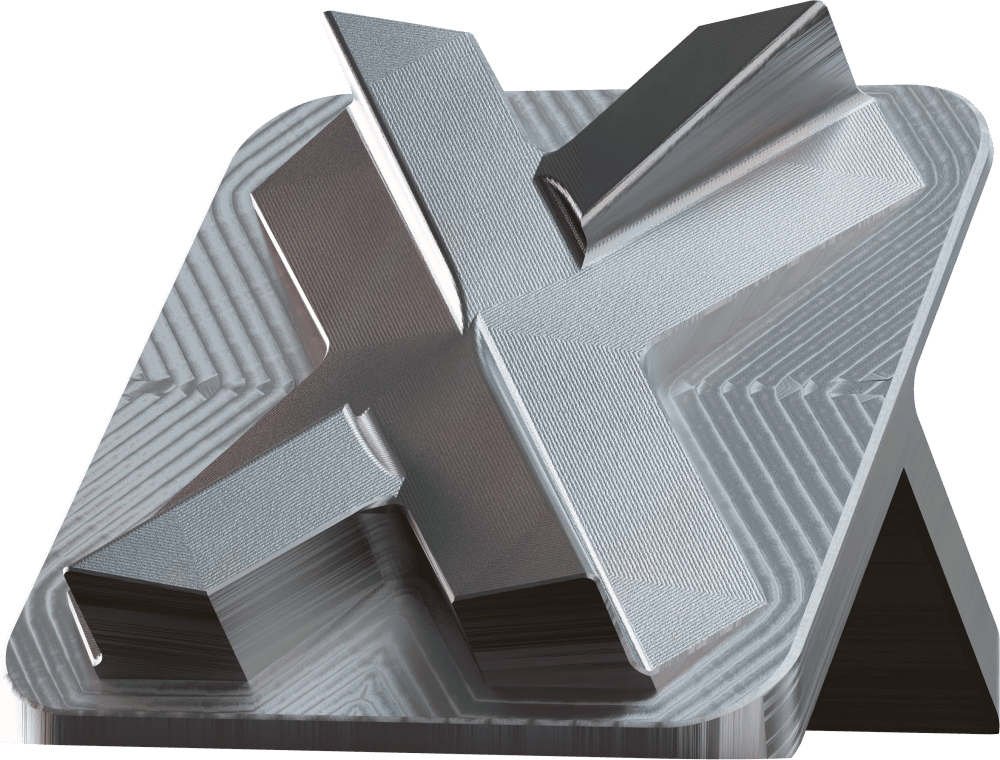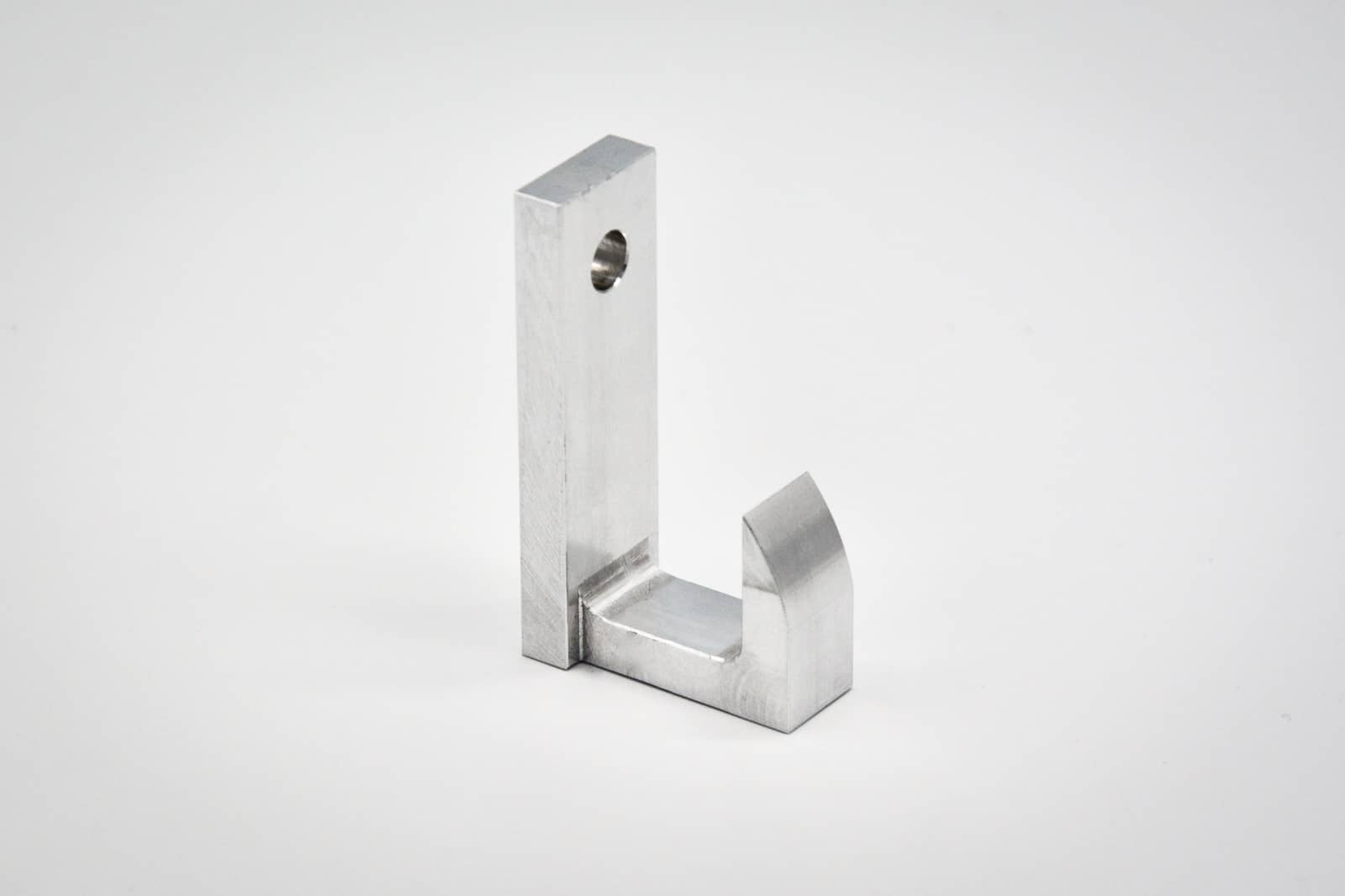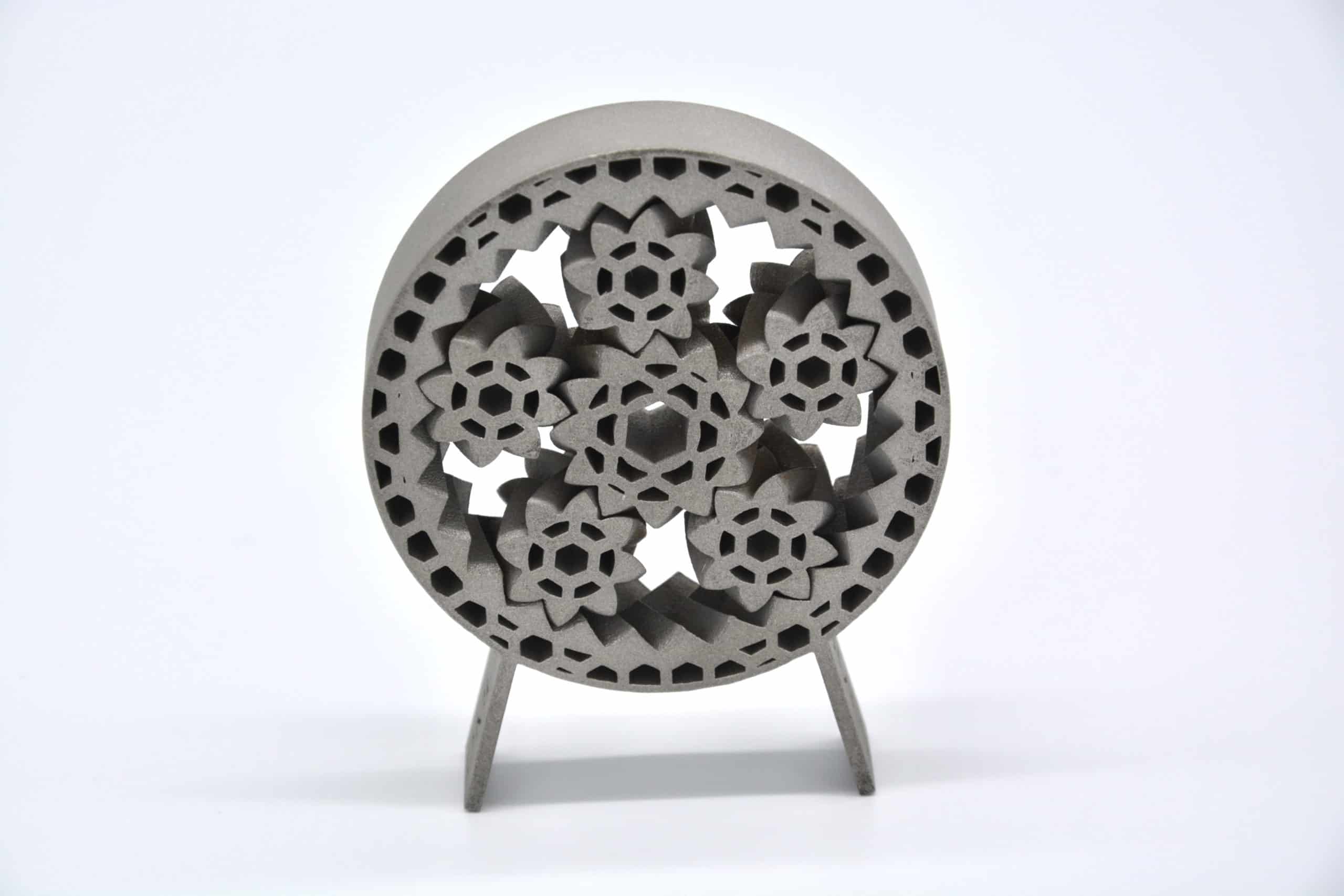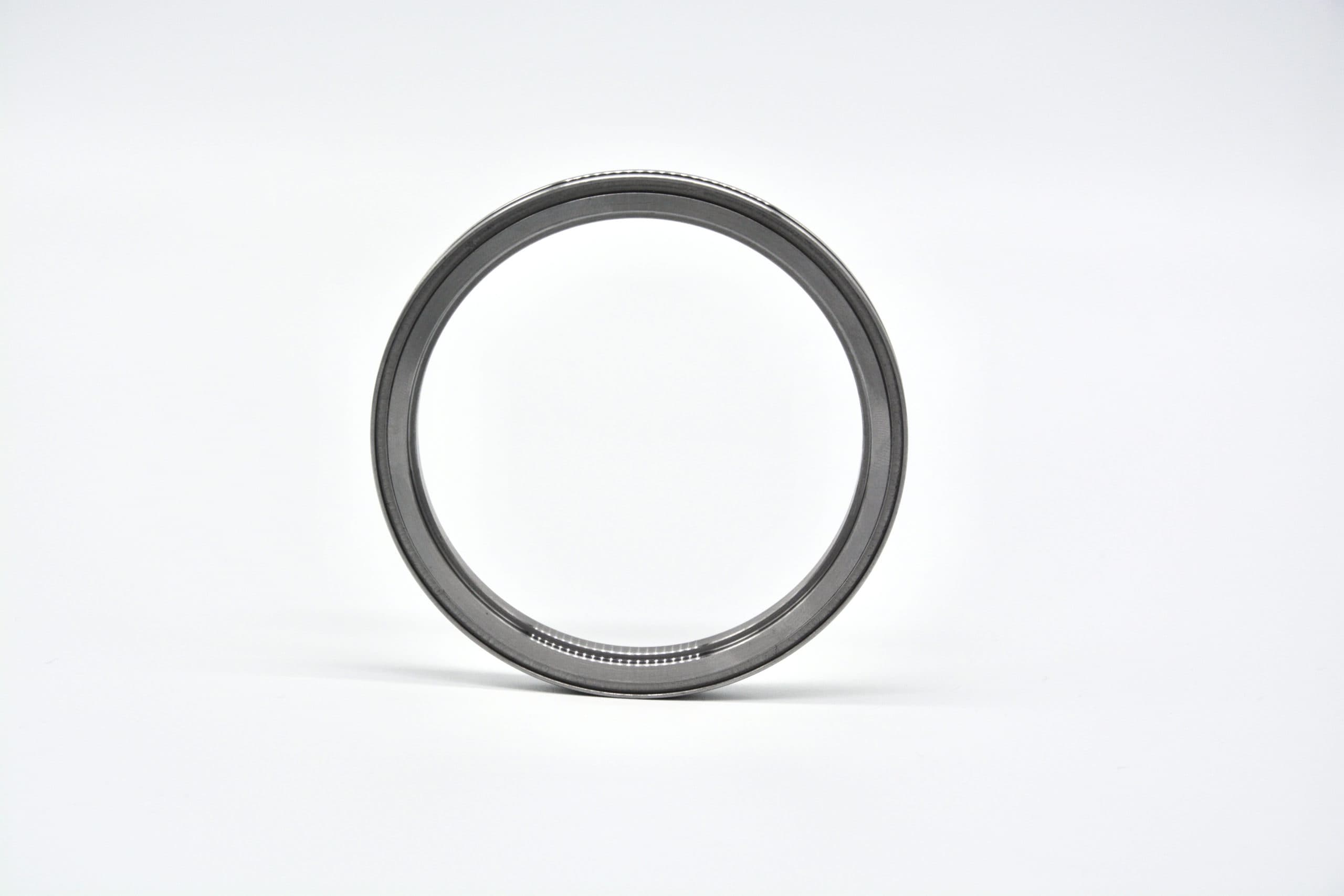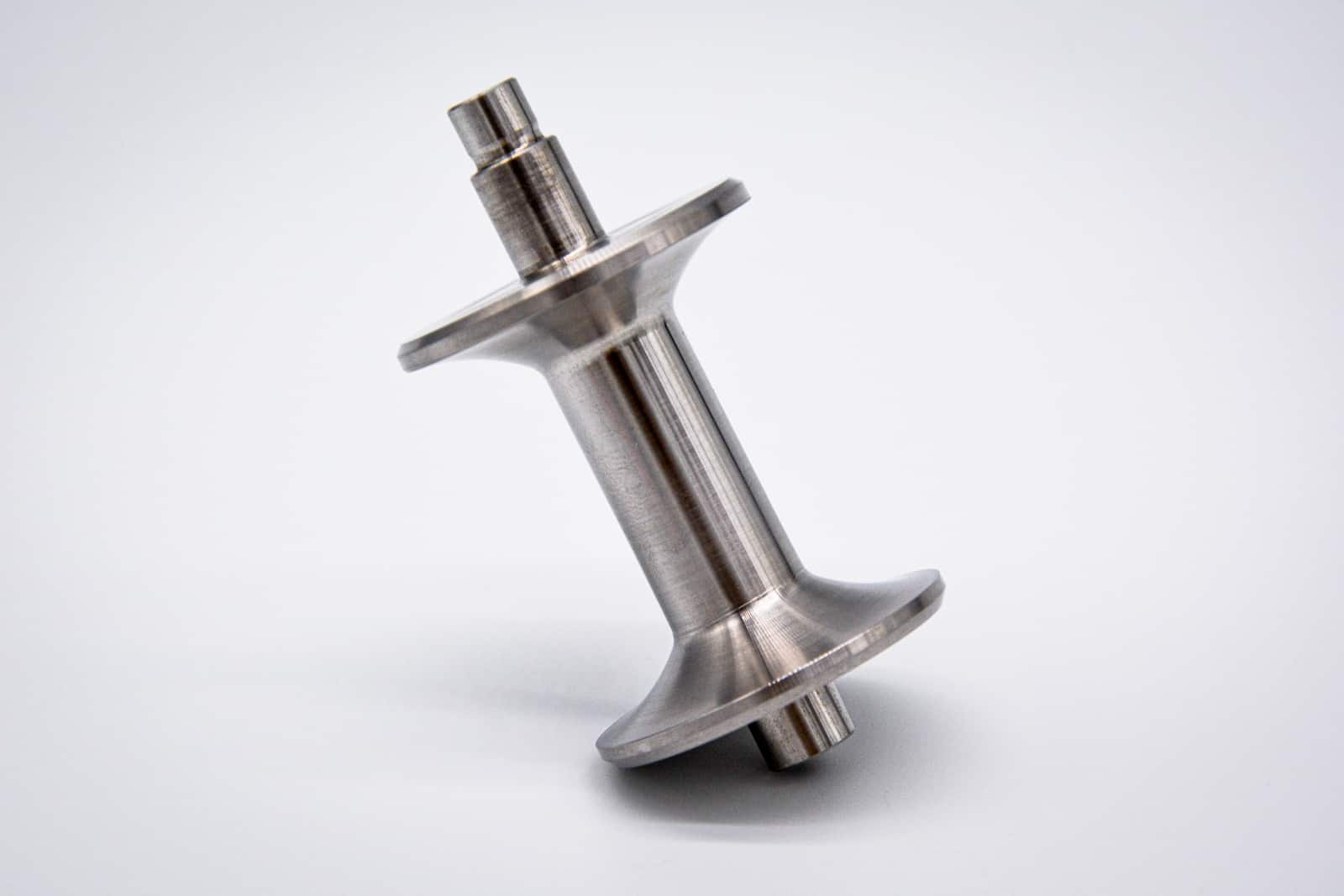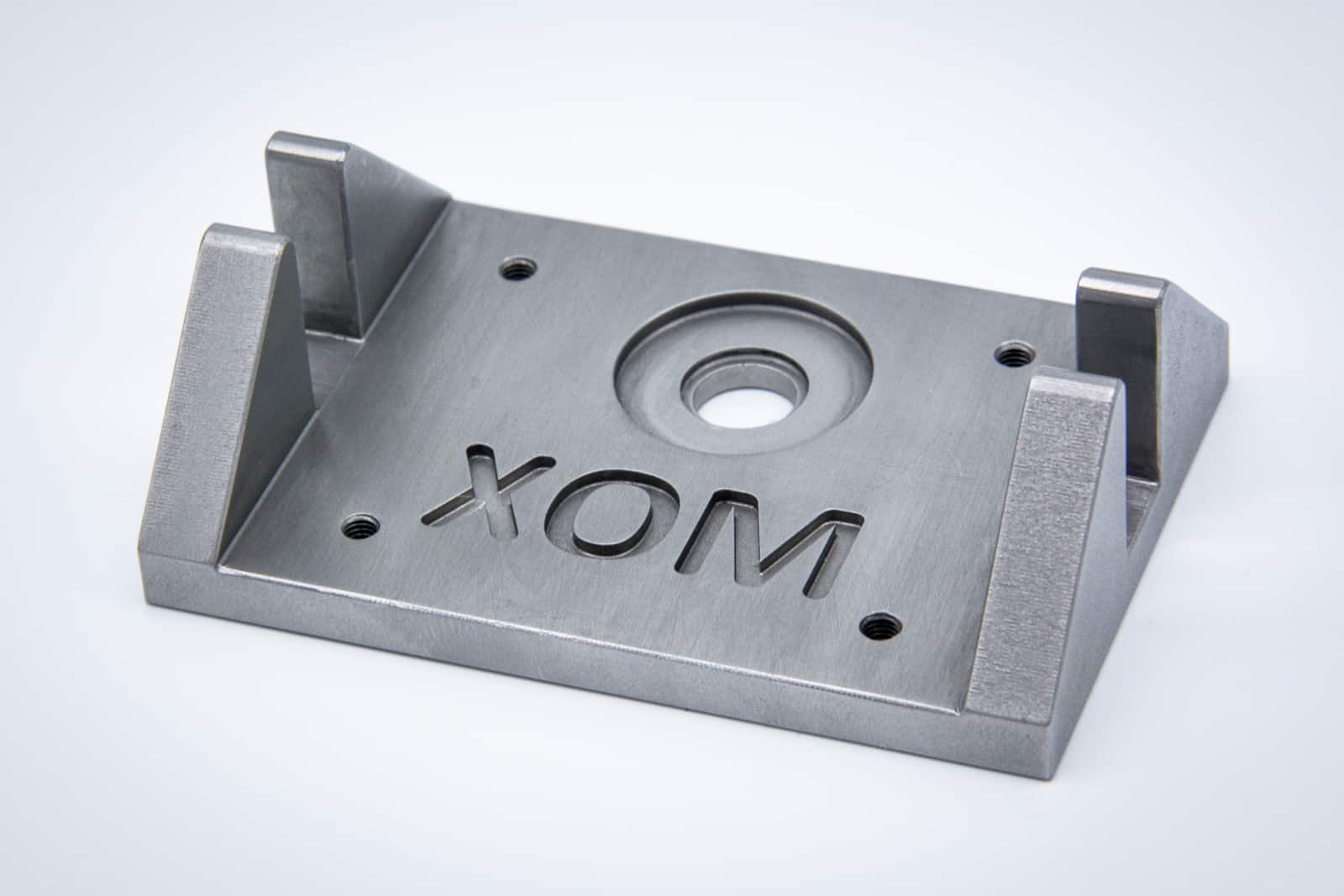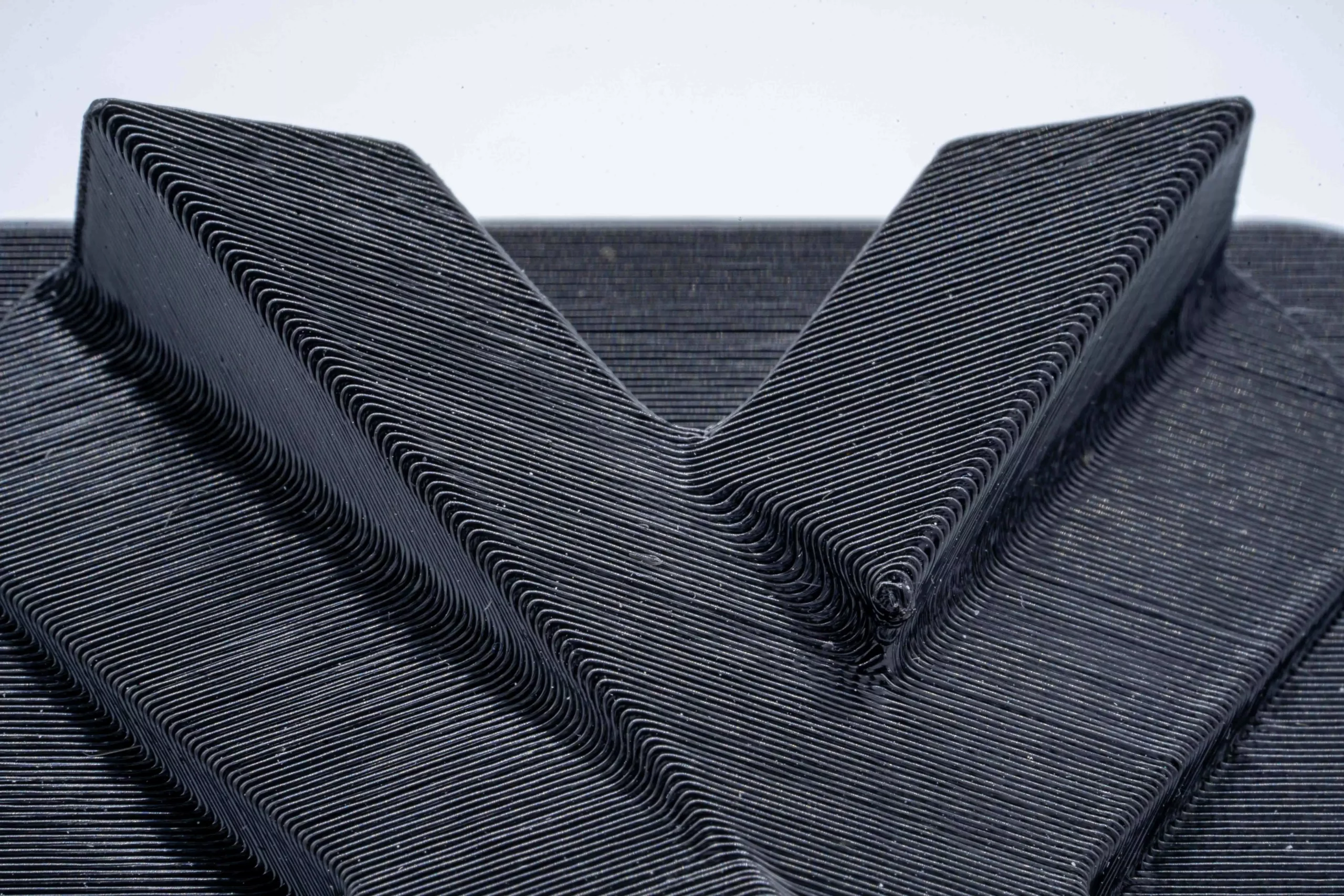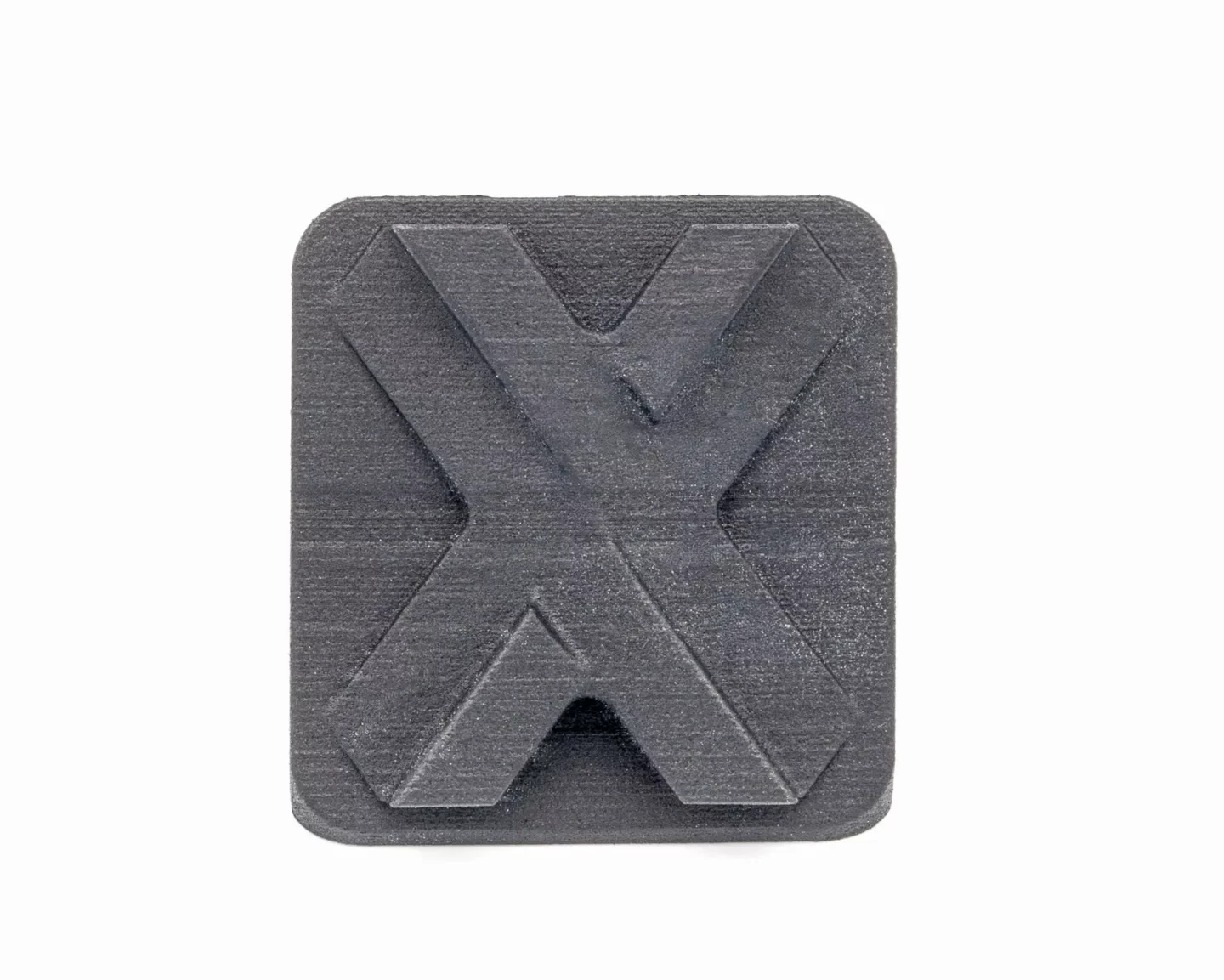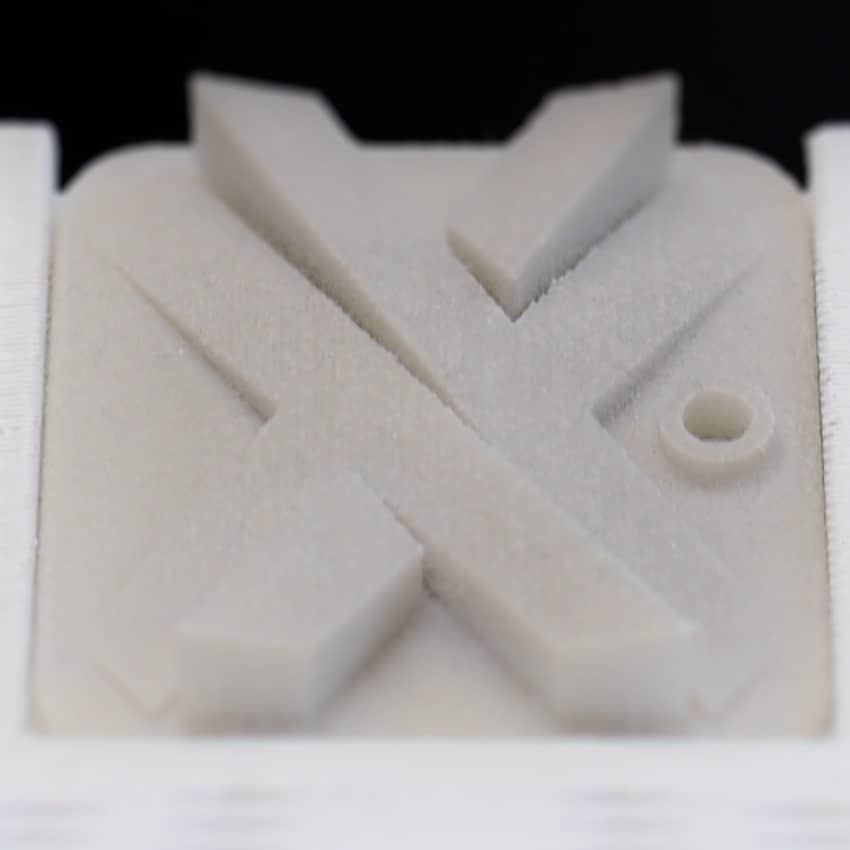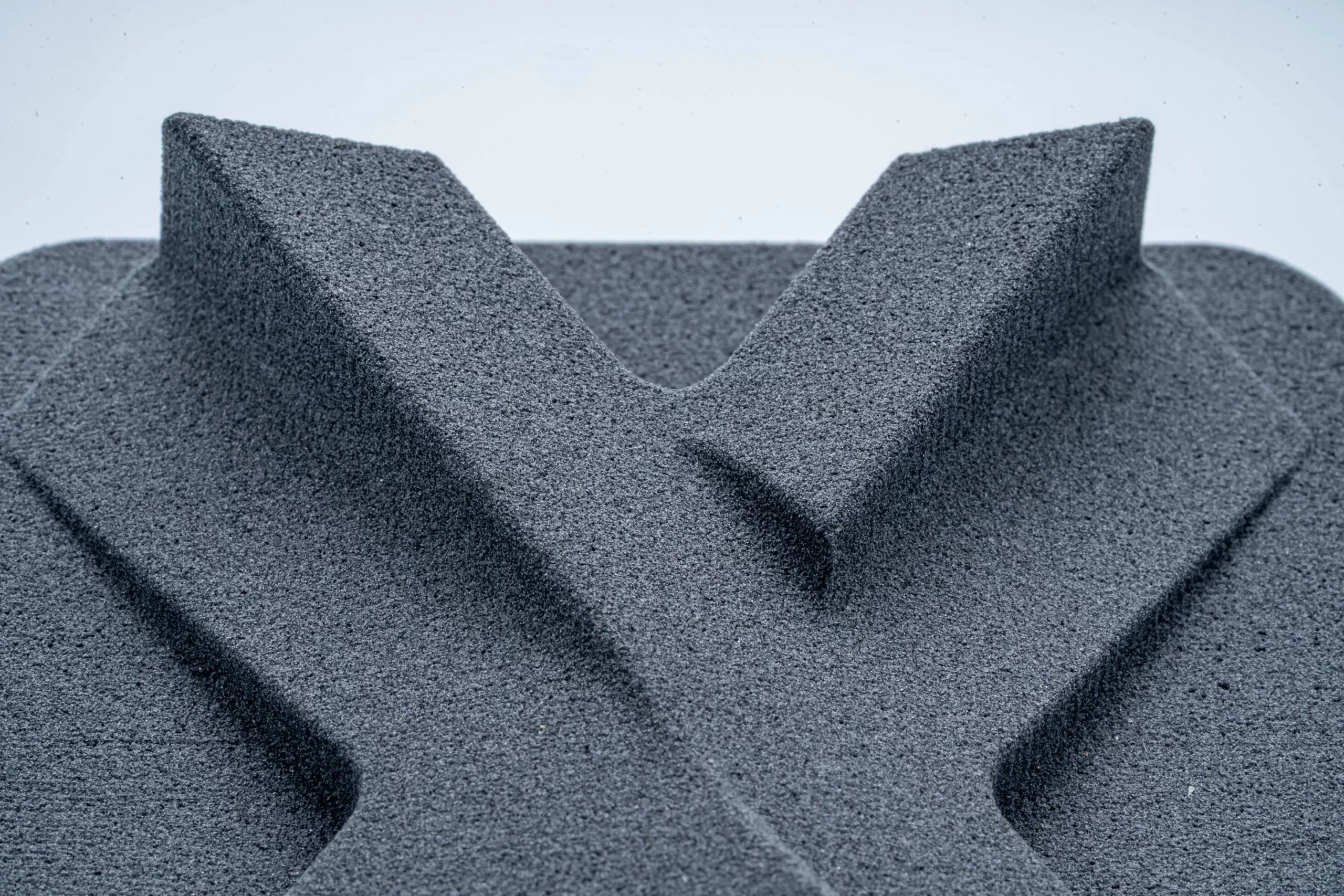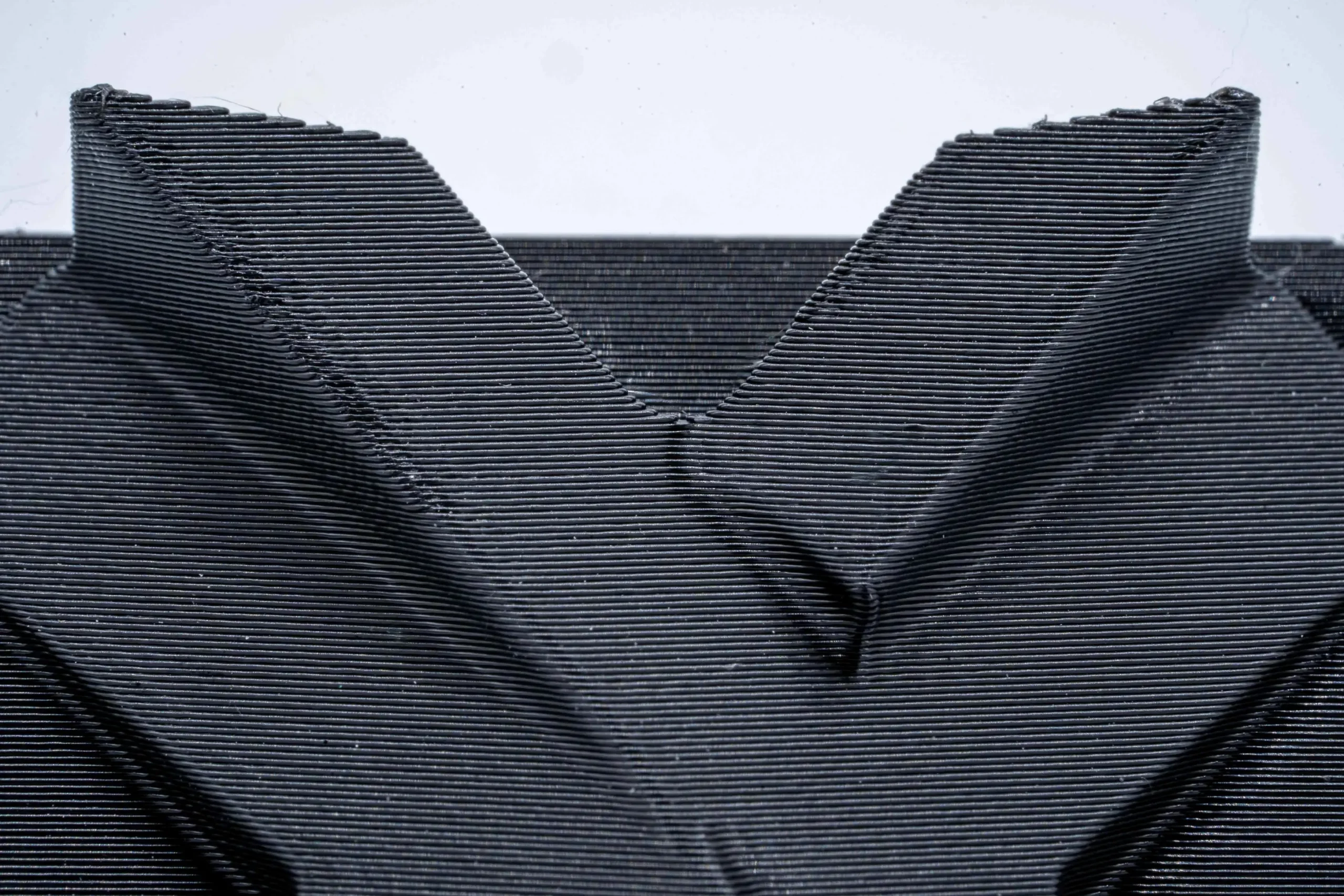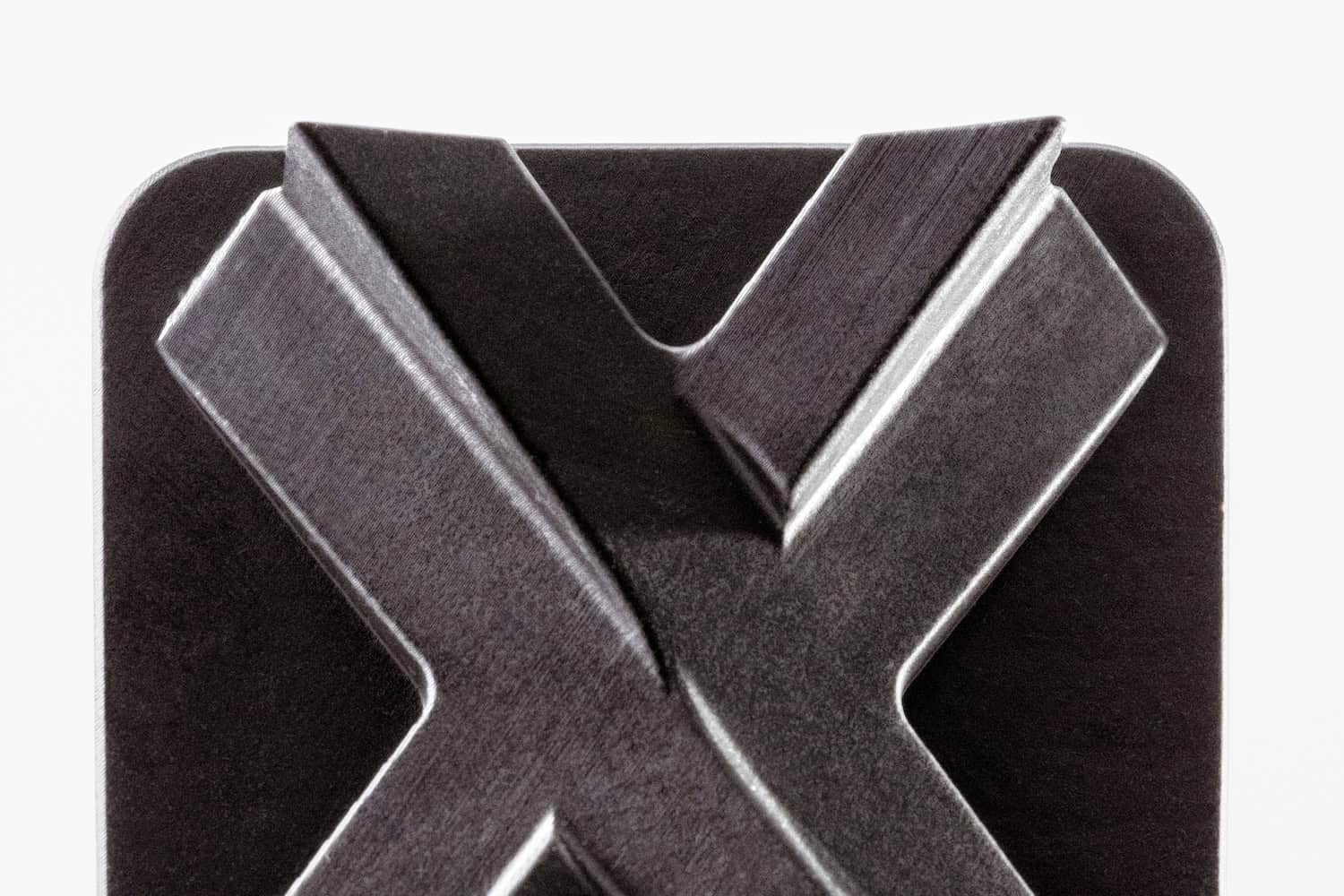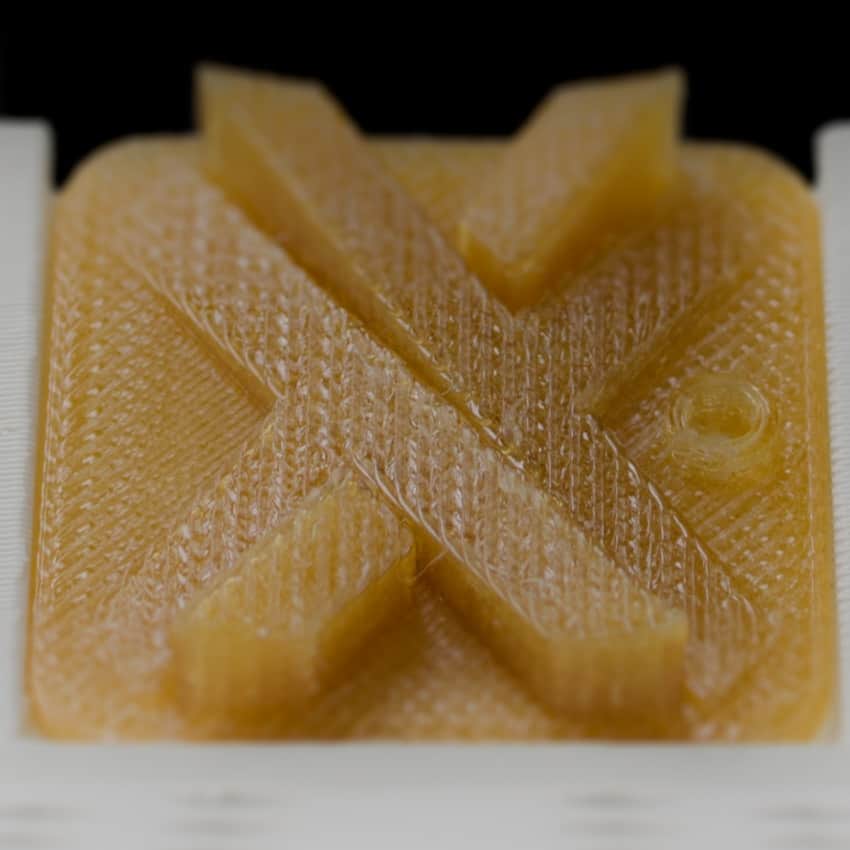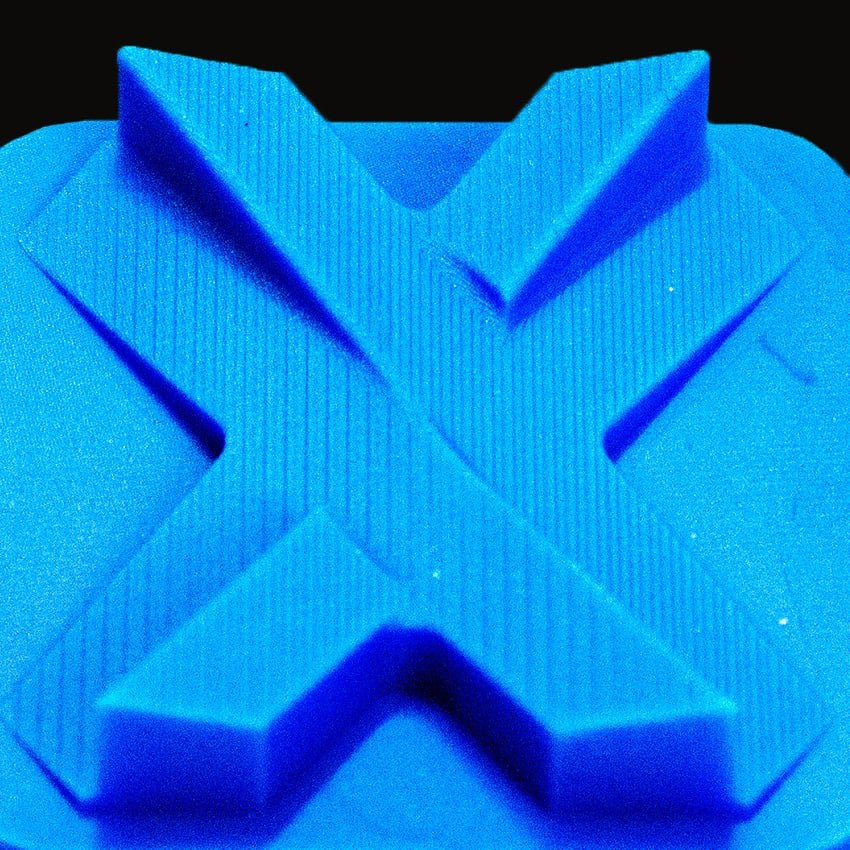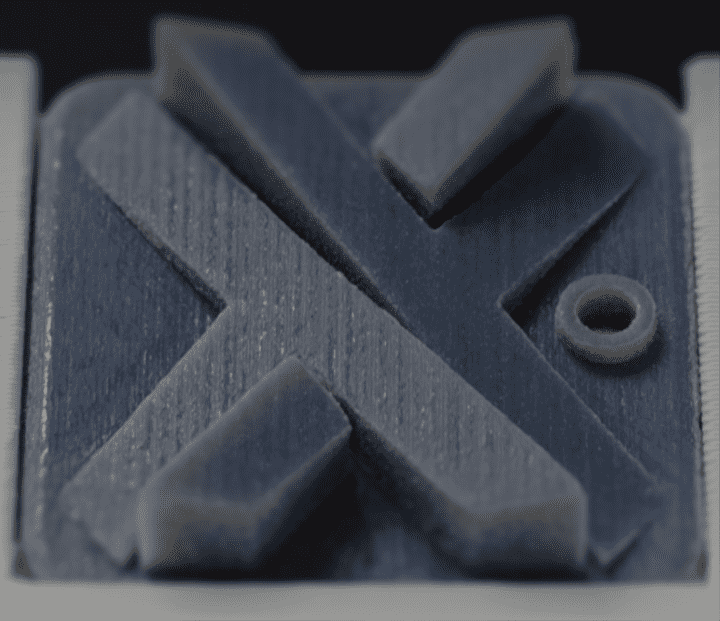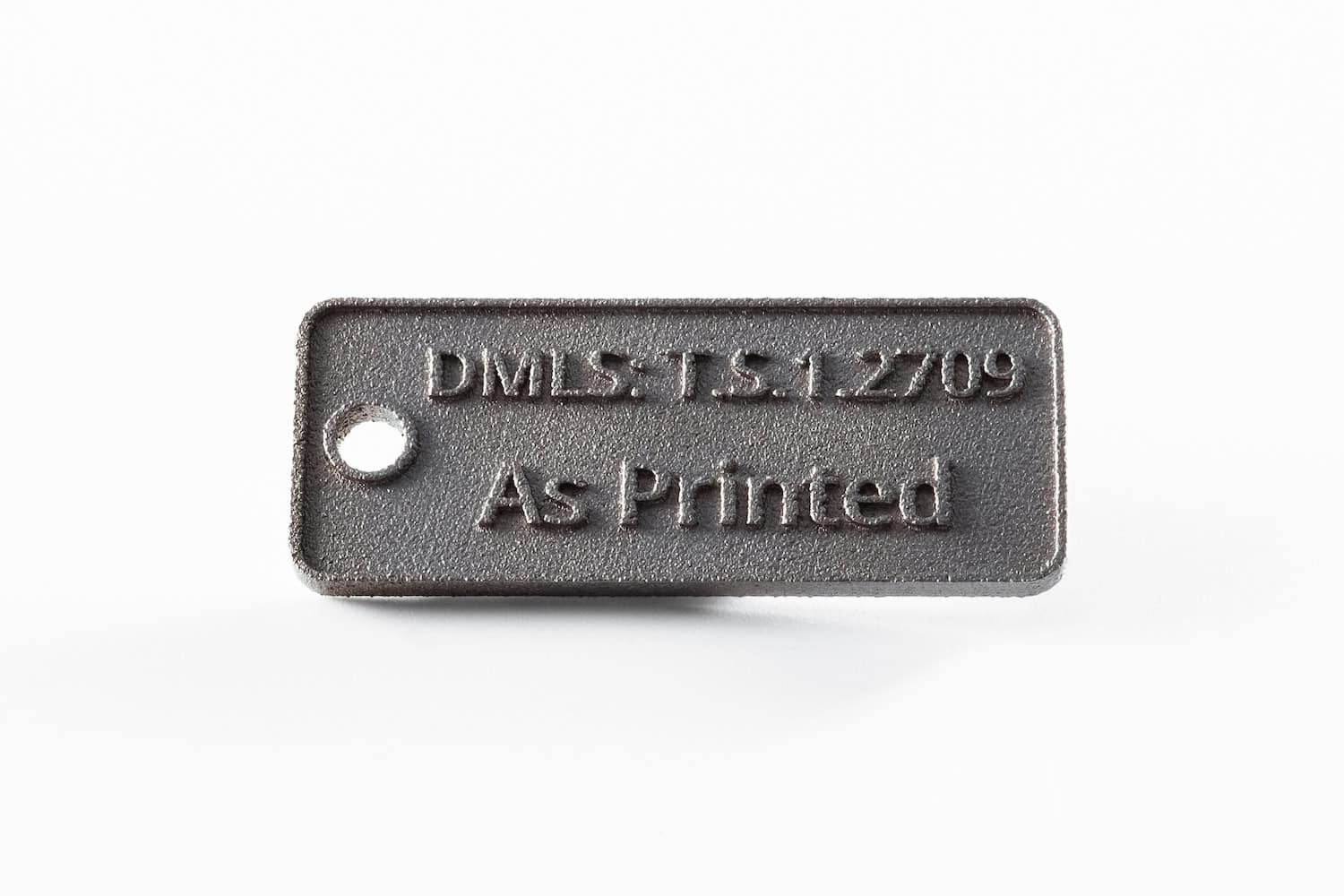Materials Library
Delve into our comprehensive library of materials used in various manufacturing technologies, complete with detailed properties and specifications.
-
CNC Machining (35)
-
3D Printing (59)
-
Sheet Metal Fabrication (21)
-
Injection Molding (23)
-
Die Casting (8)
-
Vacuum Casting (19)
Material Types
Metals
Plastics
Elastomers
Special Properties
3D printing technologies
-
CNC Machining (35)
-
3D Printing (59)
-
Sheet Metal Fabrication (21)
-
Injection Molding (23)
-
Die Casting (8)
-
Vacuum Casting (19)
Material Types
Metals
Plastics
Elastomers
Special Properties
3D printing technologies
 Europe
Europe  Türkiye
Türkiye  United Kingdom
United Kingdom  Global
Global 

 Login with my Xometry account
Login with my Xometry account 




